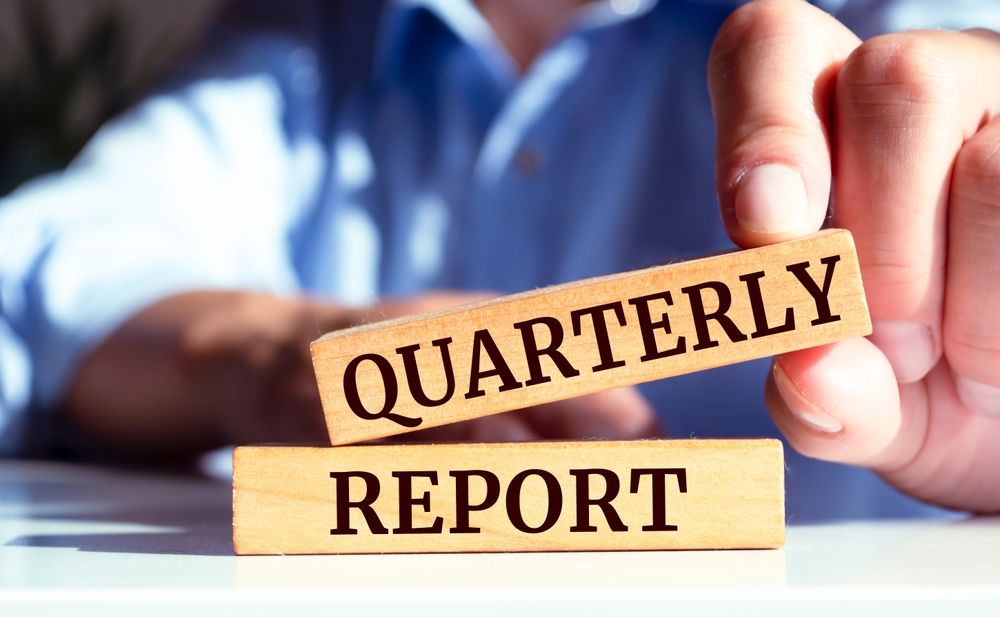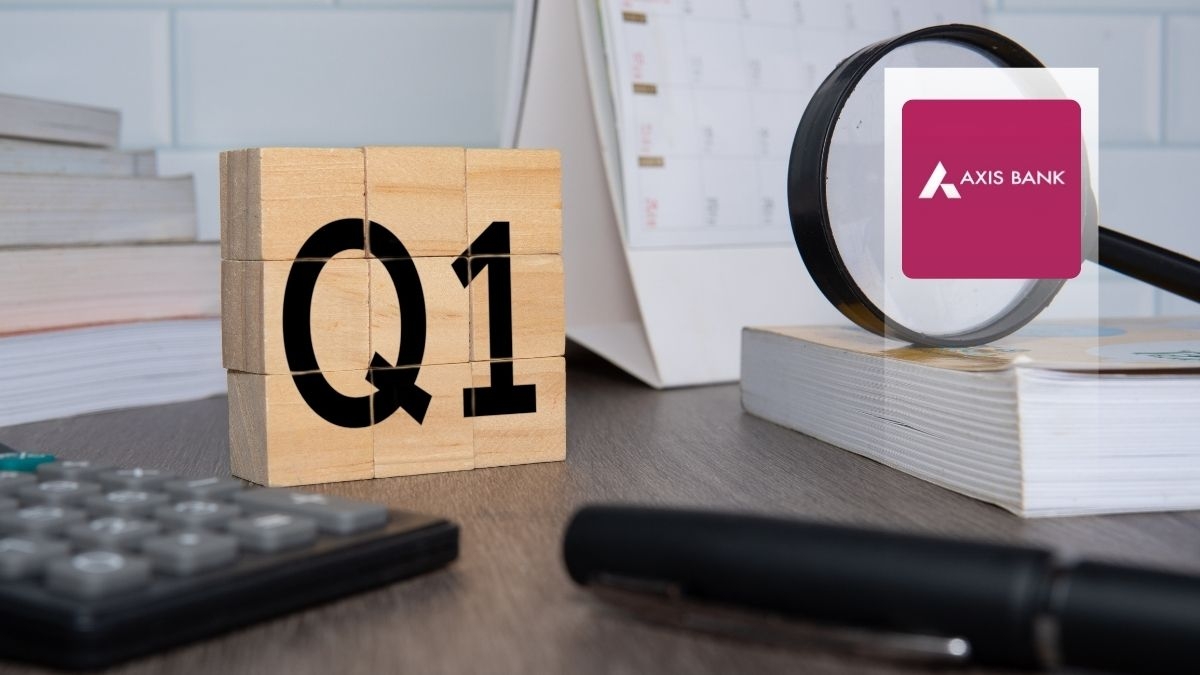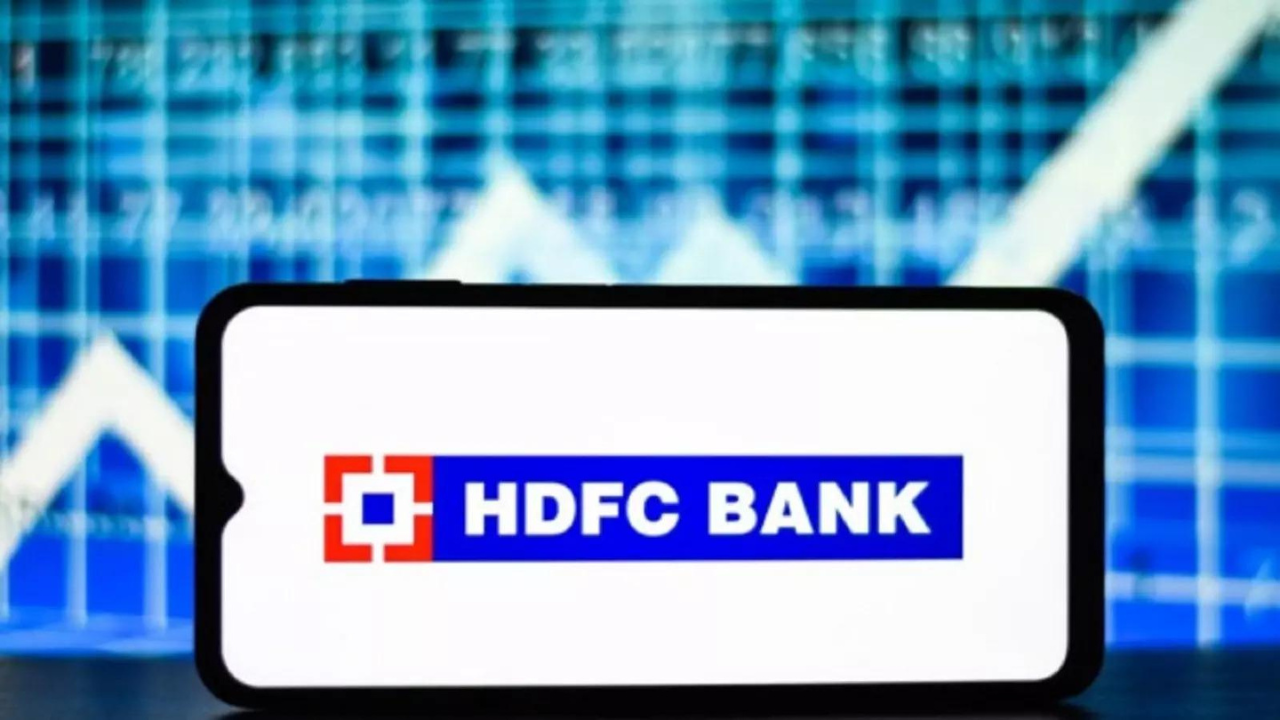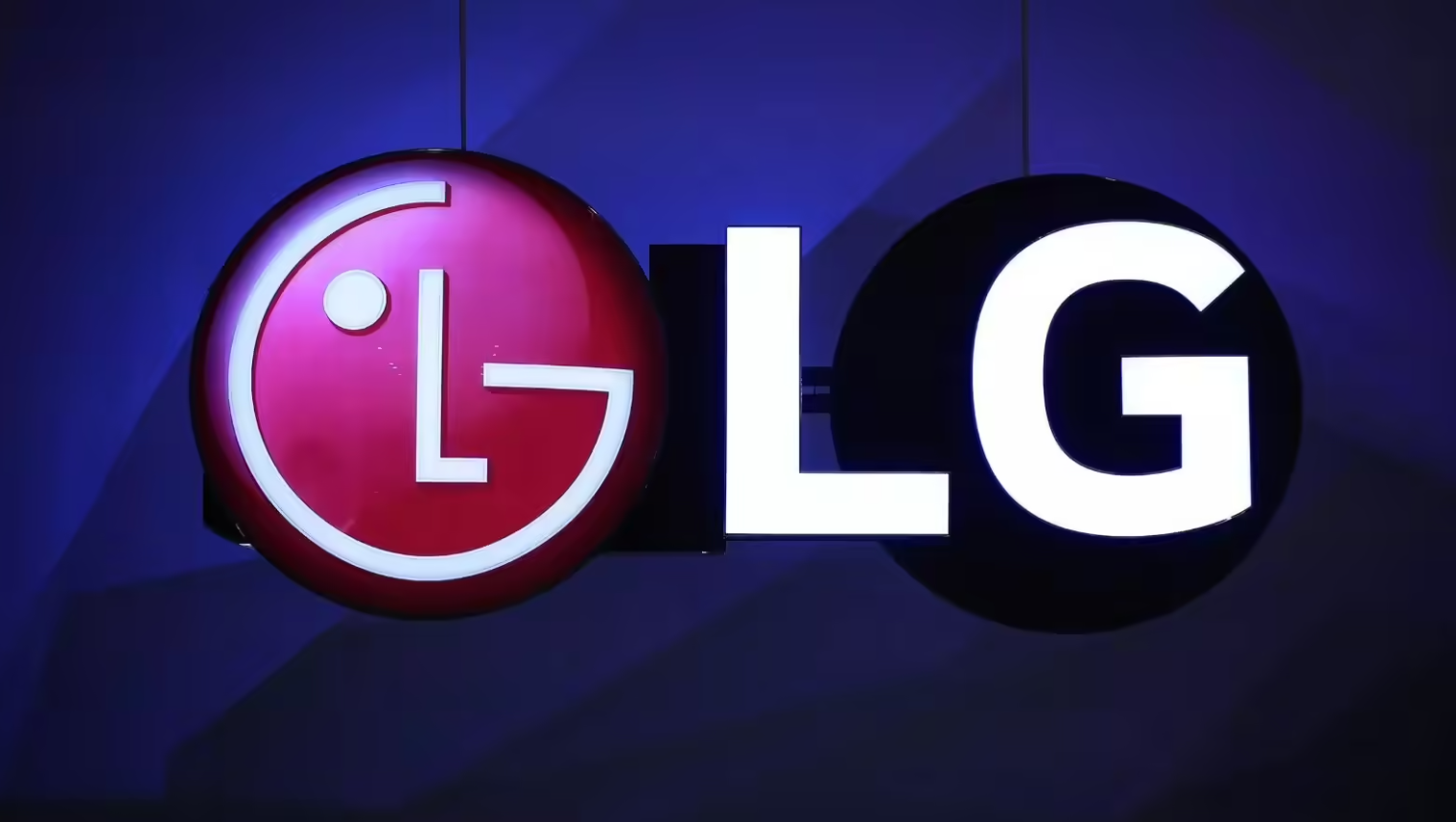India’s top private banks have presented a mixed financial performance in the first quarter of the financial year 2025 to 2026. HDFC Bank, Kotak Mahindra Bank, and Axis Bank each showed varying degrees of growth and challenges in a quarter marked by narrowing interest margins and regulatory changes. The Reserve Bank of India had reduced repo rates earlier this June, which had a cascading effect on loan pricing and deposit costs, directly impacting the banks' interest income margins.

For Kotak Mahindra Bank, net interest margins stood at 4.65 percent in the June quarter, lower than 5 percent in the same quarter last year. The fall in NIMs reflects the lag in deposit repricing even as loan interest rates fell in response to the central bank’s policy. Kotak’s net standalone profit fell significantly by almost 47 percent year on year to a little over ₹3,281 crore, but this figure included an exceptional gain in the previous year due to the divestment of its stake in Kotak Mahindra General Insurance. When adjusted for this one-time gain, the bank’s net profit still declined around 7 percent.
HDFC Bank reported more stable numbers. Its net profit rose 12.2 percent year on year to ₹18,155 crore for the June quarter. The bank’s net interest margin dropped slightly to 3.5 percent from 3.7 percent a year ago. Despite the pressure on margins, HDFC Bank showed resilience in profitability, supported by steady loan growth and strong asset quality.
Axis Bank had a more complex quarter. Its net profit declined by 4 percent year on year to ₹5,806 crore, primarily due to stricter recognition norms for bad loans. Axis Bank reported that the tighter regulatory standards reduced its profit by around ₹614 crore for the quarter. Its NIM also fell to 3.8 percent from 4.05 percent last year, marking another quarter where deposit costs caught up to lending rates. However, the bank did manage a modest eight percent year on year growth in advances.
Loan book expansion tells another part of the story. Kotak Mahindra Bank posted a strong 14 percent growth in advances, reaching ₹4.4 lakh crore. This was faster than its larger competitors. HDFC Bank saw a loan book increase of around 6.7 percent, taking its total to ₹26.28 lakh crore. Axis Bank also saw an eight percent rise in loans, totaling ₹10.59 lakh crore.
In terms of asset quality, Kotak Mahindra Bank maintained a strong position with its net non-performing assets as a percentage of net advances staying flat at 0.34 percent. HDFC Bank’s ratio rose slightly to 0.47 percent from 0.39 percent, while Axis Bank’s figure also increased to 0.45 percent due to revised norms.
Operational performance, as measured by return on assets, revealed that both Kotak Mahindra Bank and HDFC Bank recorded a return of 0.48 percent for the quarter. On an annualized basis, this translates to approximately 1.92 percent. Axis Bank’s annualized return on assets was lower at 1.47 percent.

Investor sentiment continues to support private sector banks, especially those showing stronger deposit growth and consistent asset quality. The stocks of HDFC Bank and Kotak Mahindra Bank are trading close to their 52-week highs, with Kotak closing the week at ₹2,125 and HDFC at ₹2,004. Axis Bank’s stock has lagged, partly due to investor concerns over profit compression.
In terms of valuations, Kotak Mahindra Bank is trading at a price to earnings multiple of over 28 times its projected earnings for the year, HDFC Bank trades at over 20 times, while Axis Bank is relatively cheaper at around 14 times. While the lower valuation of Axis may be attractive, recent performance and market reaction suggest investors are cautious.
The outlook for the sector remains mixed. With interest margins under pressure and regulatory frameworks tightening, banks are expected to rely more on growing advances and maintaining deposit strength. Kotak Mahindra Bank’s branch network of over two thousand locations will be crucial in capturing low-cost deposits. HDFC Bank continues to lead in profitability, and Axis Bank will need to balance compliance with growth to regain investor confidence.
Stay updated on more banking news, IPO trends, and personal finance guides by following You Finance on Instagram and Facebook. Empower your financial journey with reliable and timely insights.















